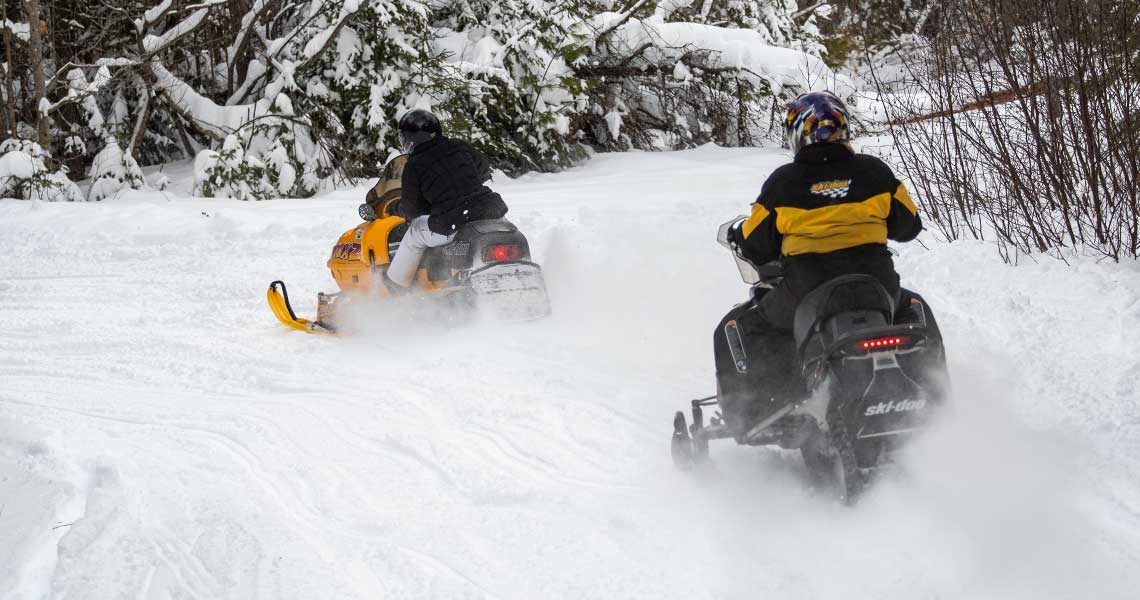The White Mountain National Forest is pleased to announce that as part of the Great American Outdoors Act several local projects in New Hampshire and Maine have been selected for fiscal year 2021. The selected projects will be the first round of improvements to address deferred maintenance on the Forest while improving visitors’ experiences.
These projects are part of the $285 million investment made possible by the newly created National Parks and Public Land Legacy Restoration Fund, established in 2020 by the Great American Outdoors Act. These funds will allow the USDA Forest Service to implement more than 500 infrastructure improvement projects essential to the continued use and enjoyment of national forests and grasslands. These funds are critical in helping to reduce the Forest Service’s $5.2 billion deferred maintenance backlog and are an important step in restoring what our visitors love about national forests in the Eastern Region.
“We are pleased to announce these local projects that address deferred maintenance and ensure a sustainable infrastructure for the future,” said Derek Ibarguen, White Mountain National Forest Supervisor. “These projects are the first step in helping to enhance visitor experience, strengthen local economies and improve access to recreation sites on the White Mountain NF.”
White Mountain National Forest Selected Projects
The Sawyer River Bridge project will address a critical safety issue and deferred maintenance to replace armament that has washed away from the substructure. The funding will enable an architectural and engineering firm to evaluate, design and obtain permits as well as secure a contractor to make repairs to the bridge. The road and bridge provide access to 6,500 acres of timber management land and hiking trails, including Carrigan Mountain. The road is utilized in the winter by snowmobilers, a critical economic boost for many local communities.
Mount Washington Valley Chocorua Trails have sustained record use which combined with years of backlogged deferred maintenance on Chocorua Mountain and surrounding trails has resulted in adverse high impacts. All trail mileage on the White Mountain NF is included as part of a National Trails Management Priority Area established with the National Forest System Trails Stewardship Act of 2016. Trail project activities will include repairing or replacing waterbars, rock steps, scree, retention walls, ditches, drainage structures, and cairns, which will improve resource conditions, enhance visitor experience, provide access and safety, and leverage multiple partners and professional crews through the White Mountain Trail Collective.
White Mountain National Forest Snowmobile Bridges
In partnership with the State of New Hampshire Trails Bureau and volunteer trail clubs, the White Mountain Snowmobile Corridor 19 Trail Bridge Replacement project replaces two bridges on Corridor 19, a major snowmobile trail connecting systems in New Hampshire and Maine. These bridges have critical structural issues that are monitored and addressed each year to maintain access. For long-term sustainability, these bridges need to be replaced. This project will improve recreation access as well as the health and safety of forest visitors by providing modern bridges meeting the requirements of snow groomers. Winter recreation is critical to many local communities. These bridges also provide access for future timber harvest and in management of forest resources.
Deer Hill Road is a gravel road located in Maine. The 4.95-mile road reconstruction project will consist of placing aggregates, replacing approximately 33 culverts, and ditch reconditioning. The road accesses three hiking trailheads, a dam, a public minerals collection site, and wildlife viewing platform. When open, it’s a popular local through road, connecting ME-5 and NH/ME-113. During the winter, this road serves as a snowmobile trail. The route is planned for use during an upcoming timber sale on the White Mountain National Forest.
Year-round recreation contributes $1.35 billion and the forest’s timber program contributes $4.7 million annually to the local economies.
The Great American Outdoors Act authorizes funding under the Legacy Restoration Fund annually through fiscal year 2025. Forest Service economists estimate that projects funded with these dollars will support roughly 4,400 jobs and contribute $420 million to the gross domestic product across the nation.
Forest Service infrastructure supports more than 300 million recreationists, first responders such as wildland firefighters, and other users of Forest Service roads. Each year, visitors to the national forests contribute almost $11 billion to the U.S. economy, which sustains more than 148,000 jobs.
